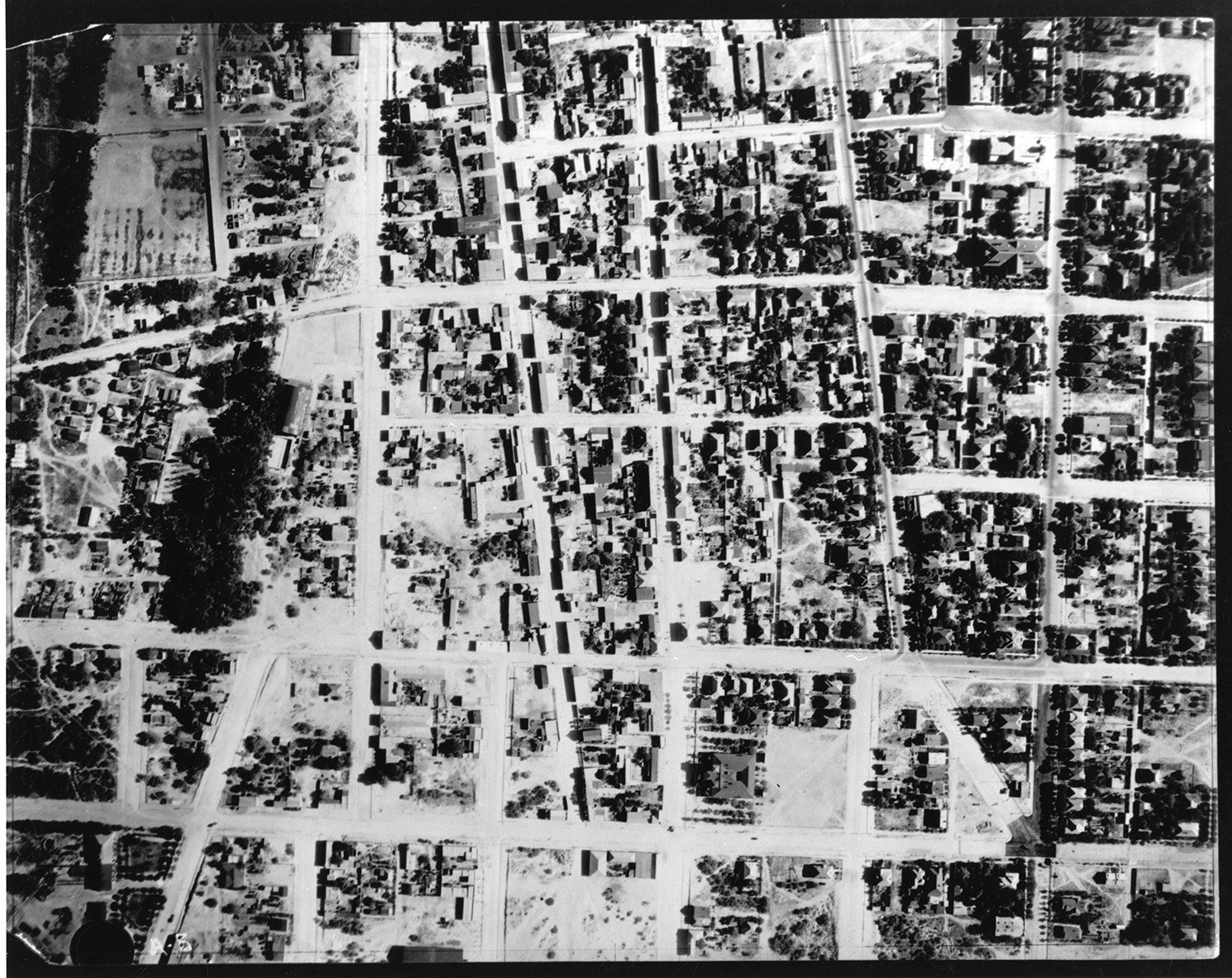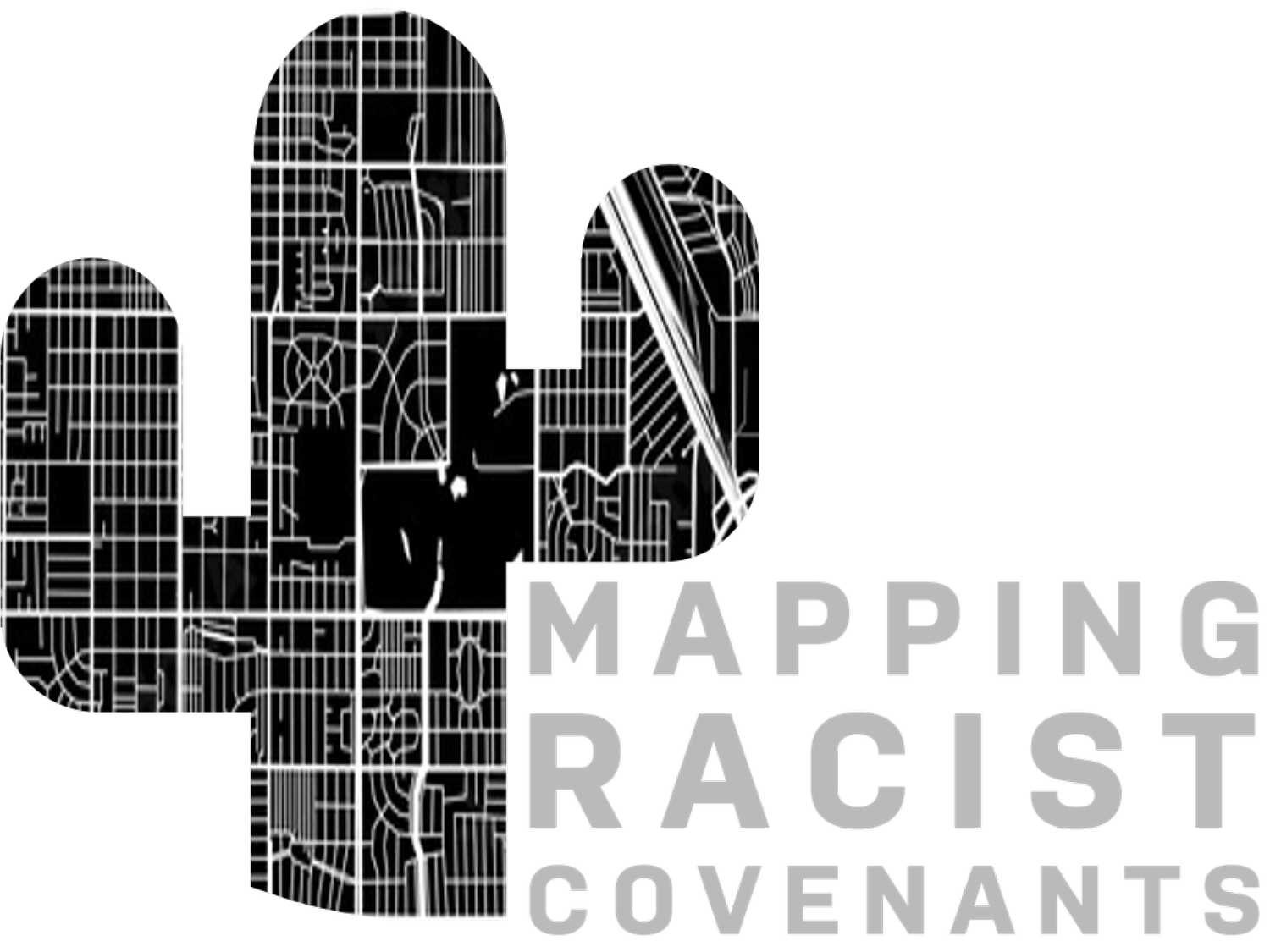
What is a Covenant?
Covenants, conditions, and restrictions (CCRs) refer to rules between a property owner and neighbors, usually specific to a homeowner's association or subdivision. Beginning in the early 1900s, real estate developers, working with homeowner associations, the federal government, and other housing actors, implemented racist CCRs that prevented people of color, as well as other marginalized individuals, from living in certain neighborhoods. While racist CCRs were ruled "unenforceable" by the U.S. Supreme Court in 1948, they were not ruled illegal until the passage of the federal Fair Housing Act of 1968.
Racist covenants, along with exclusionary zoning, redlining, blockbusting, unfair lending practices, unscrupulous real estate practices, and other forms of housing discrimination, are a legacy of institutional housing discrimination in the early-to-mid 1900s. The interrelationship between racist covenants and redlining is particularly important. Kevin Fox Gotham (2000, p. 626), notes:
“From the 1930s to the end of the 1950s, the FHA’s underwriting manuals considered African Americans “adverse influences” on property values and the agency warned personnel to not insure mortgages on homes unless they were in racially homogeneous white neighborhoods that were covered with a restrictive covenant.”
Citation
Gotham, Kevin Fox. 2000. “Urban Space, Restrictive Covenants, and the Origins of Racial Residential Segregation in a U.S. City, 1900-50.” International Journal of Urban and Regional Research 24.3: 616-633.
Source: Letter from FHA to John W. Murphey, John W. Murphey Records (Box 14, Folder 19). Courtesy of University of Arizona Libraries, Special Collections

